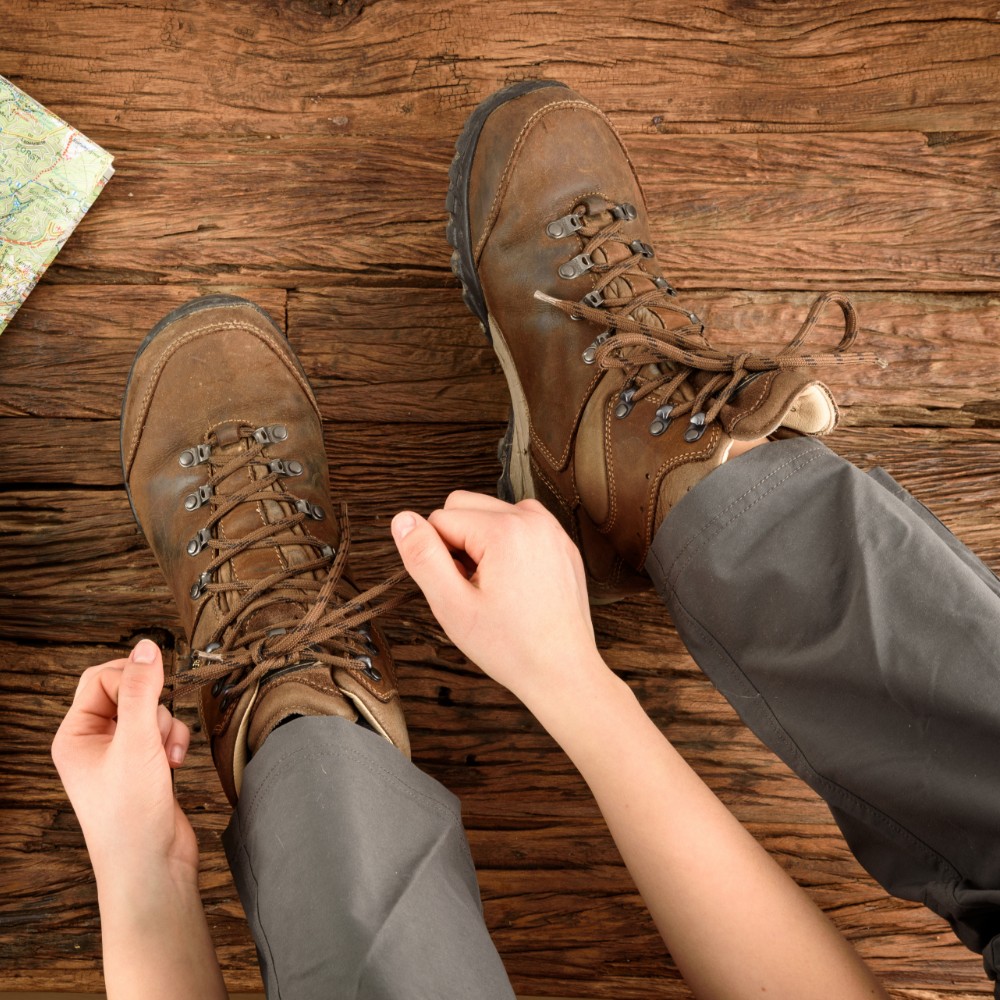Flat Feet
What do crisp dollar bills, American cheese slices, and freshly ironed work shirts have in common? They’re all flat! You can have flat feet, too, but this condition isn’t nearly as positive as the previously mentioned things. If you’re not careful, a flattened arch can put you at risk for other painful foot problems.
What are Fallen Arches?
This type of foot structure is diagnosed when the entire sole of your foot touches the ground. Some people never develop arches, while others may experience fallen arches due to a previous injury or conditions related to aging. Arthritis, adult-acquired flat feet, and a muscle or tendon injury can create the onset of this condition later in life. Nerve problems like cerebral palsy, spina bifida, and muscular dystrophy are additional causes.
If you have obesity, diabetes, or high blood pressure, you’re at risk for fallen arches. Your choice of shoes, including high heels, and prolonged walking and standing can all create the characteristics, too.
The Wet Test: Determining your Structure
You can easily figure out if you have flat arches. All you need is a wet foot and a surface that will visibly show the imprint, such as a concrete walkway or a brown paper grocery bag. Step onto the surface and then step away, if the imprint shows your entire foot, it’s likely that you have this structure.
Remember that children develop arches as they grow. Some kids’ feet may not fully develop until they’re 10 years old. However, in some cases, they may have a flat and stiff arch caused by genetics. Also note that flat feet aren’t inherently bad. In most cases, they don’t cause problems. The only time when you need to seek treatment is when your feet are painful.
Managing Flat Soles and Overpronation
When someone has this condition, their arch foot rolls too far inward, causing them to overpronate. This means that the weight on the foot is applied unevenly when they take a step. This can cause quite a bit of pain in the ankle, heel, and arch. Additionally, these problems tend to affect your calves, knees, hips, and back. Most people with a flat sole will have a number of symptoms, including tired, aching arches and heels. They may also experience swollen inner soles and difficulty standing on their toes.
If you find yourself with this pain, try treating it first with some stretches. By keeping your calves and Achilles tendon flexible, you eliminate tightness that can make you overpronate even more. For a good stretch, simply step forward with your left leg while keeping your right leg planted and straight. Keep both feet pointed ahead. Bend the front left leg and push it into the ground. You should feel a stretch on the back of your right leg along the calf. Hold for 15 to 30 seconds and switch sides. Repeat two to four times on each leg three to four times a day.
Make sure you’re wearing shoes with good support. If you need more cushioning and shock absorption, we can provide custom orthotics for your feet. Just call our office in Carson City at (775) 783-8037.
Get In Touch
Address
2350 South Carson St
Suite 3
Carson City, NV 89701
Contact
Call: (775) 783-8037
Fax: (775) 782-3787
OPT-IN To Text:
By texting our office at
(775) 783-8037 from your mobile phone, you are consenting to receive SMS text messages from our staff. Reply STOP to unsubscribe.
*Read our Privacy Policy & Terms and Conditions.
Social




© Sierra Foot & Ankle. All Rights Reserved. Privacy Policy.
Web Design by CP Solutions. Marketed by VMD Services.


